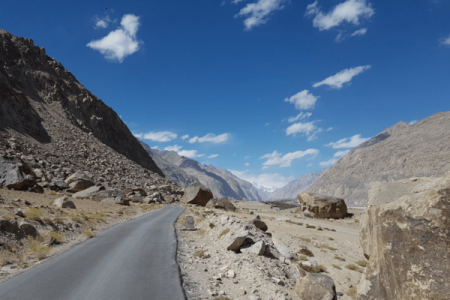Conclusion
Spiritual Peace:
Yarma Gompa offers a serene atmosphere that fosters spiritual reflection and peace. Situated in a remote area, the monastery provides a quiet escape for those seeking solitude and meditation. The tranquil surroundings and the presence of monks conducting their prayers add to the deeply spiritual experience for visitors.
Cultural Immersion:
Yarma Gompa is a key part of the region’s Buddhist culture, offering visitors a unique insight into Tibetan Buddhist practices. The monastery’s traditional architecture, religious rituals, and the lifestyle of its monks give a deeper understanding of Ladakhi culture and the spiritual significance of Buddhism in this region.
Scenic Views:
The monastery is set amidst dramatic landscapes, offering stunning views of the surrounding mountains and valleys. With its peaceful and secluded location, visitors can enjoy the beauty of nature in its purest form, making it a perfect spot for nature lovers and photographers looking to capture the essence of Ladakh.


